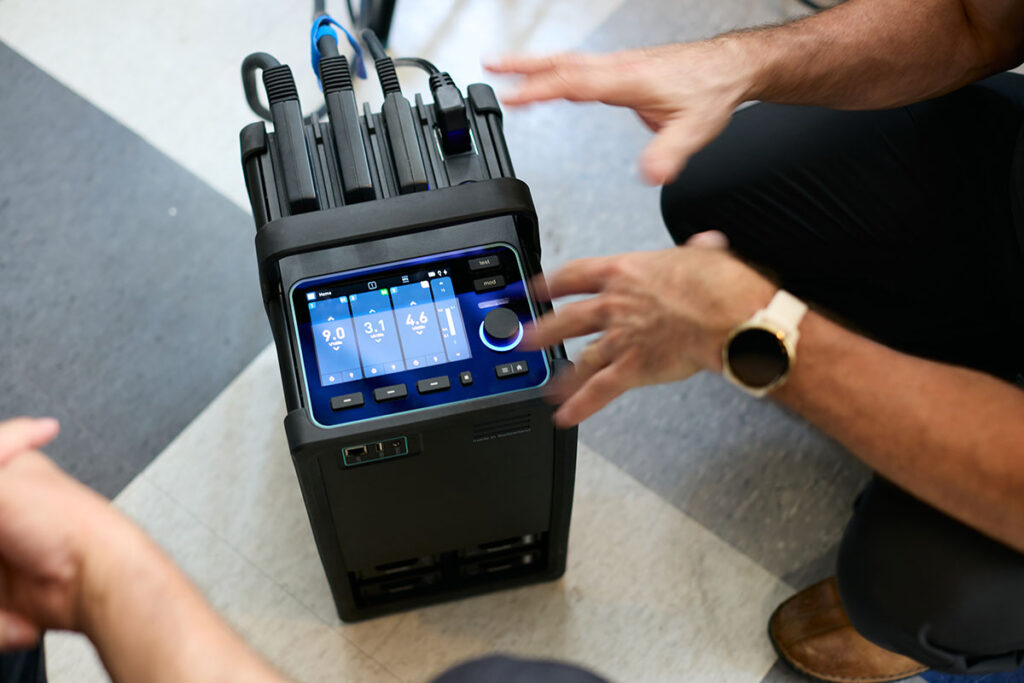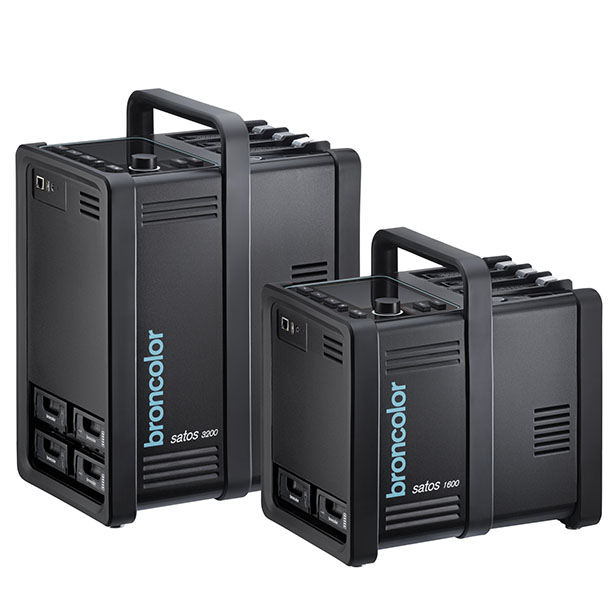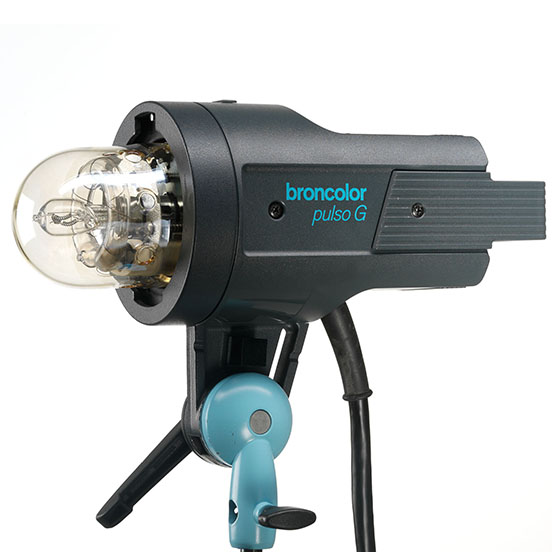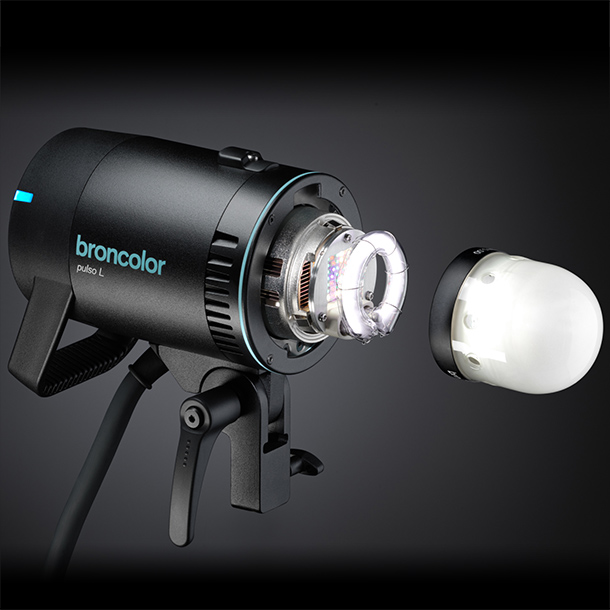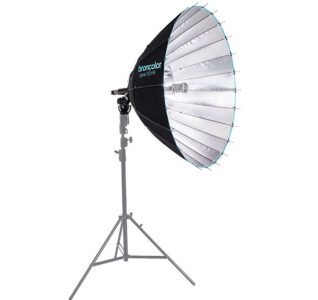
With over 30 years of experience in studio lighting, I’ve experimented with everything from candles and flashlights to cutting-edge technology like the broncolor Satos power pack paired with Pulso G lamps. Mastering light control is the essence of studio photography, and I’m frequently asked, “Which lights should I buy?” or “What do I need to create this image?” Given the frequency of these inquiries, I decided to share my insights.
For the professional photographer who relies on studio and commercial work for their livelihood, there’s only one brand to consider: broncolor. No other brand offers the same level of colour and power consistency, the extensive range of light shapers or the reliability that broncolor provides. If your work demands minimal post-processing corrections — addressing lighting issues rather than creating artistic effects — then broncolor is essential.
broncolor is the pinnacle of studio lighting, akin to the Bugatti of the automotive world. The colour and power output variance between exposures is less than 1%, ensuring unparalleled consistency. Whether you’re using the Satos packs, Scoro S packs, or Pulso G, Pulso L or Unilite heads, broncolor systems deliver unmatched light quality. When I’m being paid for a job, broncolor is my go-to choice and it has been for many years. The quality of light it produces is simply irreplaceable. Additionally, broncolor products can be serviced in Canada by factory-trained technicians, providing convenience and peace of mind. For more information, visit broncolor.ca.
The next tier includes Elinchrom and Profoto. While Profoto was once a superior product, its build quality has reportedly declined in recent years, according to rental houses and customers. Some design choices, such as incorporating TTL in a studio pack, are questionable. Profoto still offers decent light quality and a good range of light shapers—the Magnum reflector and the sliding mount on their D heads are particularly noteworthy. However, certain decisions, like using a recessed flash tube in their monolights, limit the effectiveness of larger softboxes and can create hotspots. In my tests, the Profoto B1 struggled to properly illuminate a broncolor Para 133, even with an optional diffuser dome that significantly reduced power output.
Elinchrom, on the other hand, has responded well to market demands by balancing price and quality. They’ve brought production back to Switzerland, resulting in a marked improvement in product quality. Elinchrom lights now offer similar light quality and consistency to Profoto at a more affordable price. The new ONE and THREE off-camera flashes even use the same rubber mounting system and OCF mount as Profoto, allowing Profoto users to upgrade their lights and keep their existing light shapers. Another advantage is that Elinchrom parts are significantly less expensive, and flash tubes are user-replaceable, saving both time and money on repairs. Unlike Profoto’s B10X or A2, which require shipment to a service center for flash tube replacement, Elinchrom flash tubes can be easily replaced by the user. Additionally, repairs are now handled in Markham, eliminating the need to send products to the U.S.
Finally, there are the Chinese brands — Godox, Jinbei, Neewer, and others. While they offer decent features at competitive prices, there are significant differences in light and build quality compared to the higher-end brands. Repairs are often not an option, and while their triggers are well-designed, other components tend to deteriorate with use. broncolor, Profoto and Elinchrom flash tubes last for hundreds of thousands of pops with consistent colour temperature and light output. In contrast, the Chinese brands typically perform well for the first few hundred pops, after which consistency declines. This inconsistency can be problematic, especially when precise colour matching or consistent power output are critical.
Build quality and repairability are also concerns with these lower-end brands. While the external components may seem adequate, internal parts often fall short. I know photographers who carry multiple units to ensure they have at least two working lights at any given time. Upon inspection, my technician found that the circuit boards in one of these lights were wafer-thin, with wires glued rather than soldered and lacking proper fuses. Such issues raise safety concerns, as these lights may not meet CSA safety standards, potentially voiding insurance coverage in the event of a fire. Health Canada is even considering banning the import of uncertified products due to recent fires involving lithium batteries and chargers.
When these lights break, they are typically replaced under warranty rather than repaired, leading to potential e-waste once the warranty expires.
For casual photographers or those new to studio lighting, I recommend starting with affordable, CSA-approved lights. There are many good options available, such as the Elinchrom D-Lite RX4 kits, which are ideal for a starter home studio. When you’re ready for greater consistency in light and power output, consider upgrading to Elinchrom or Profoto. For working professionals, broncolor remains the gold standard — contact your local dealer for purchase or rental options.
Discussed Items
Author: Will Prentice
A portrait, fine art and commercial photographer for 30 plus years, Will Prentice is not just a contributor to PHOTONews magazine, but also host of PHOTONewsTV, owner of Captura Photography+Imaging and Technical Support/Brand Manager for Amplis Foto, Canada’s largest distributor of photographic equipment.
Will teaches photographers of all skill levels how to improve their craft – from creative photo projects to picking the right gear for their needs to flattering lighting to getting the best expressions to creating final images for screen and print. His unique style of highly detailed images with perfect tonality, wide dynamic range and stunning colour is instantly recognizable. Commercial clients rely on Will’s creative eye and mastery of lighting.
When he’s not behind the camera or in front of a class, you’ll find Will outdoors in any weather – usually on one of his bikes or enjoying time with his grandchildren.



